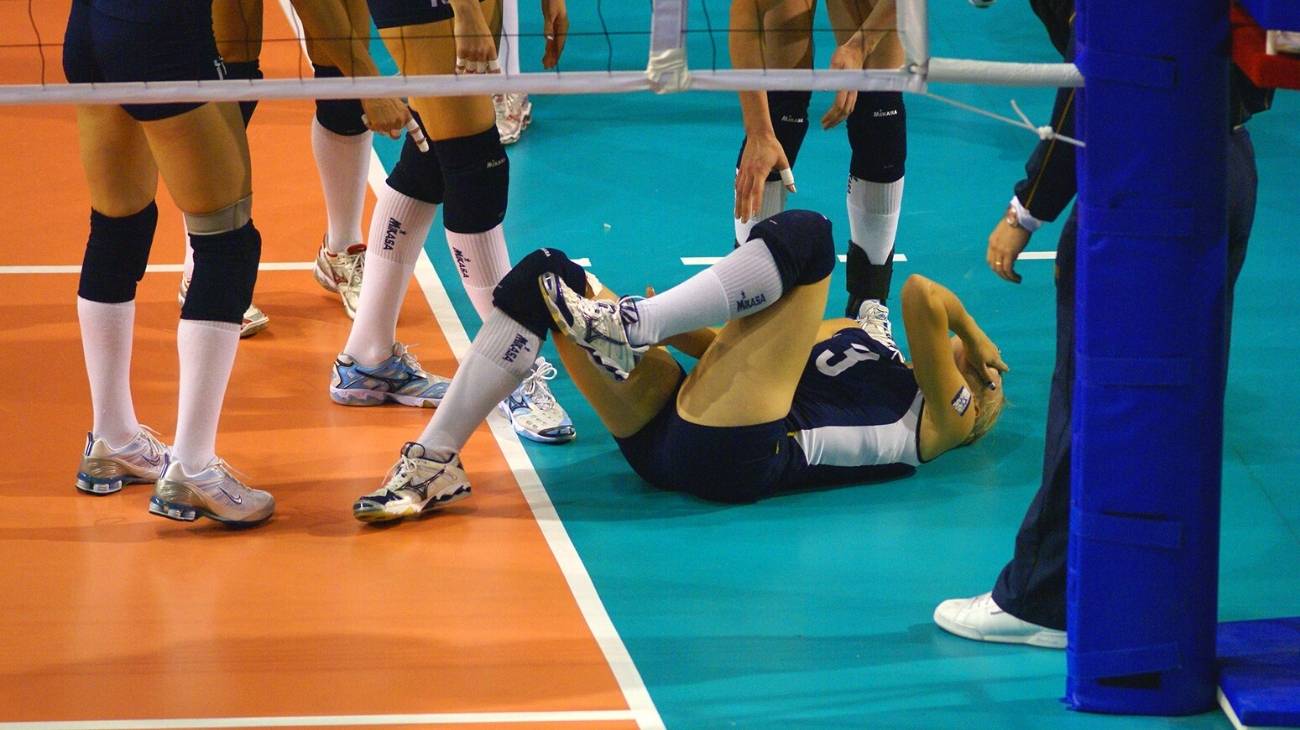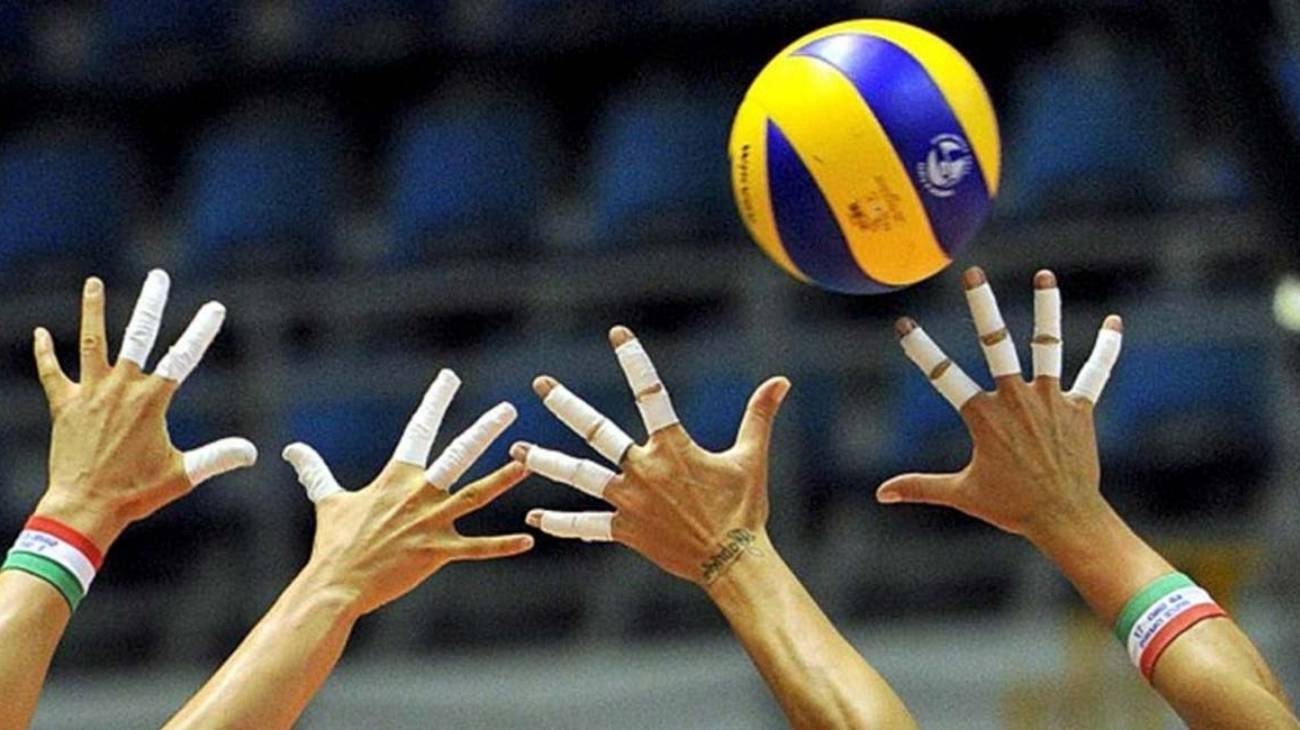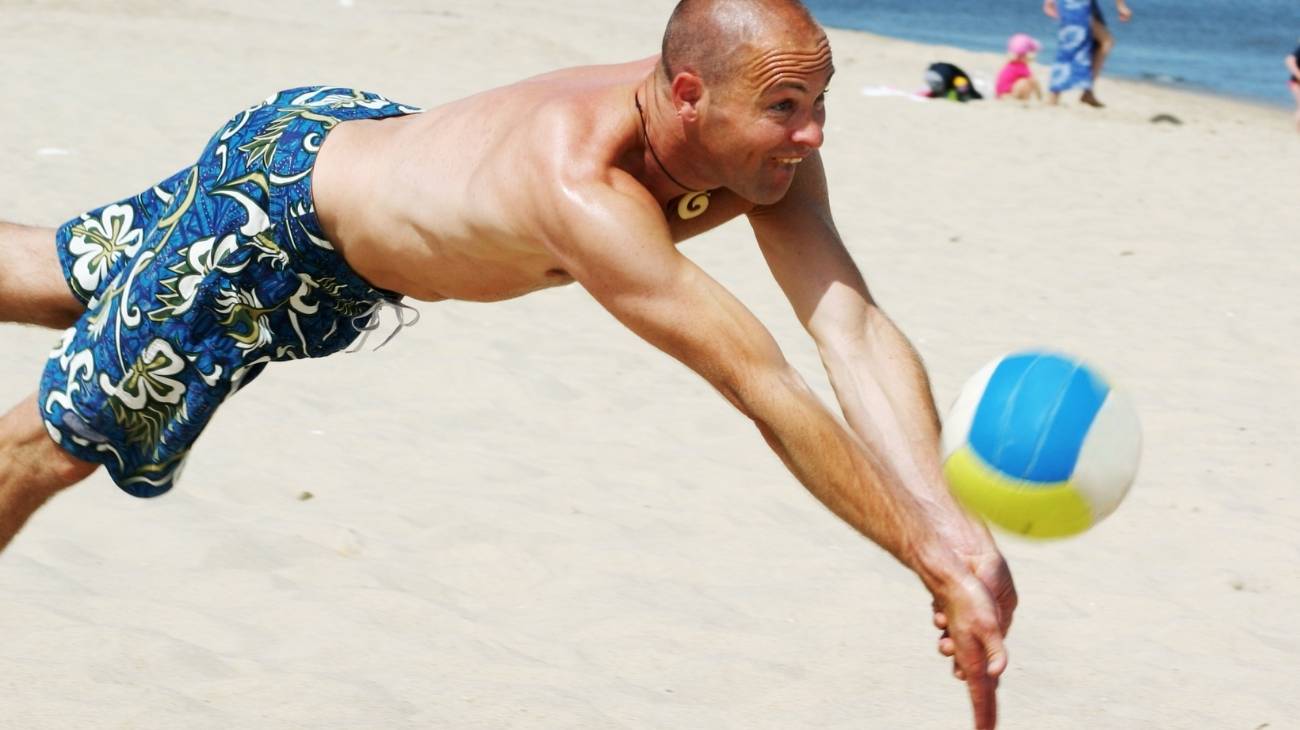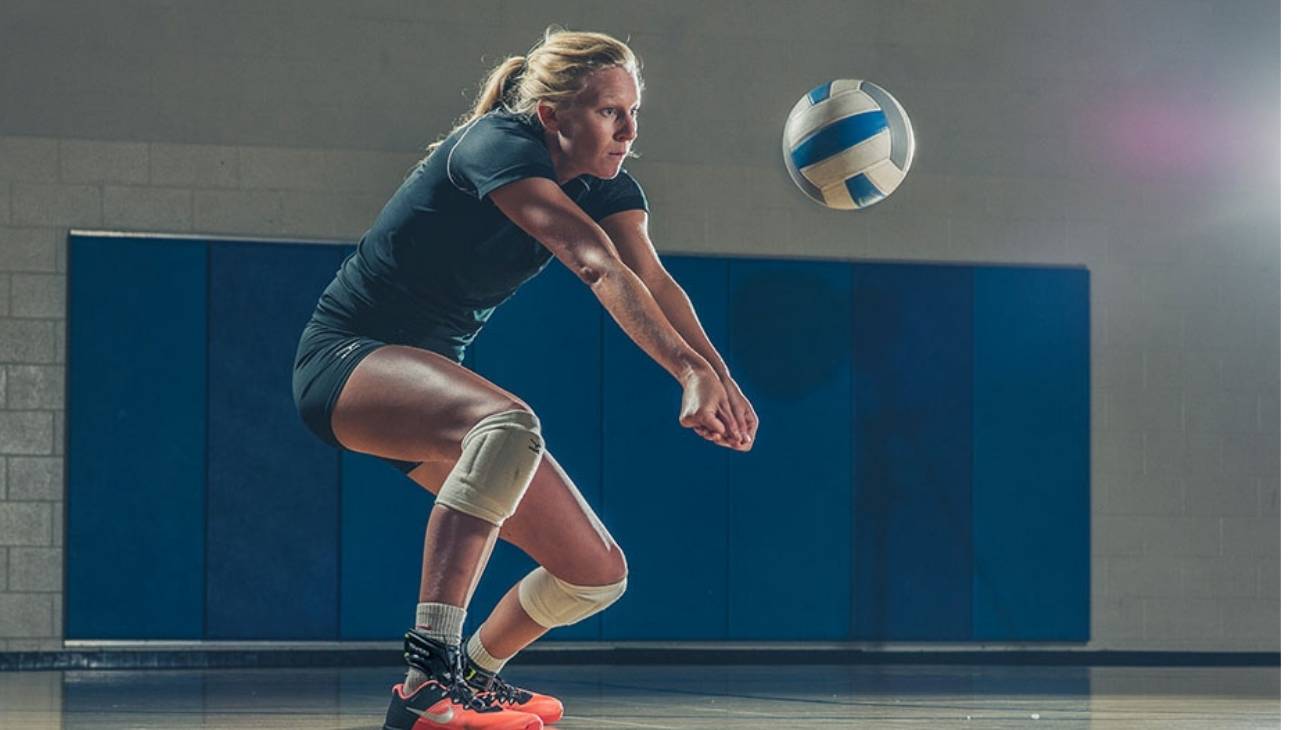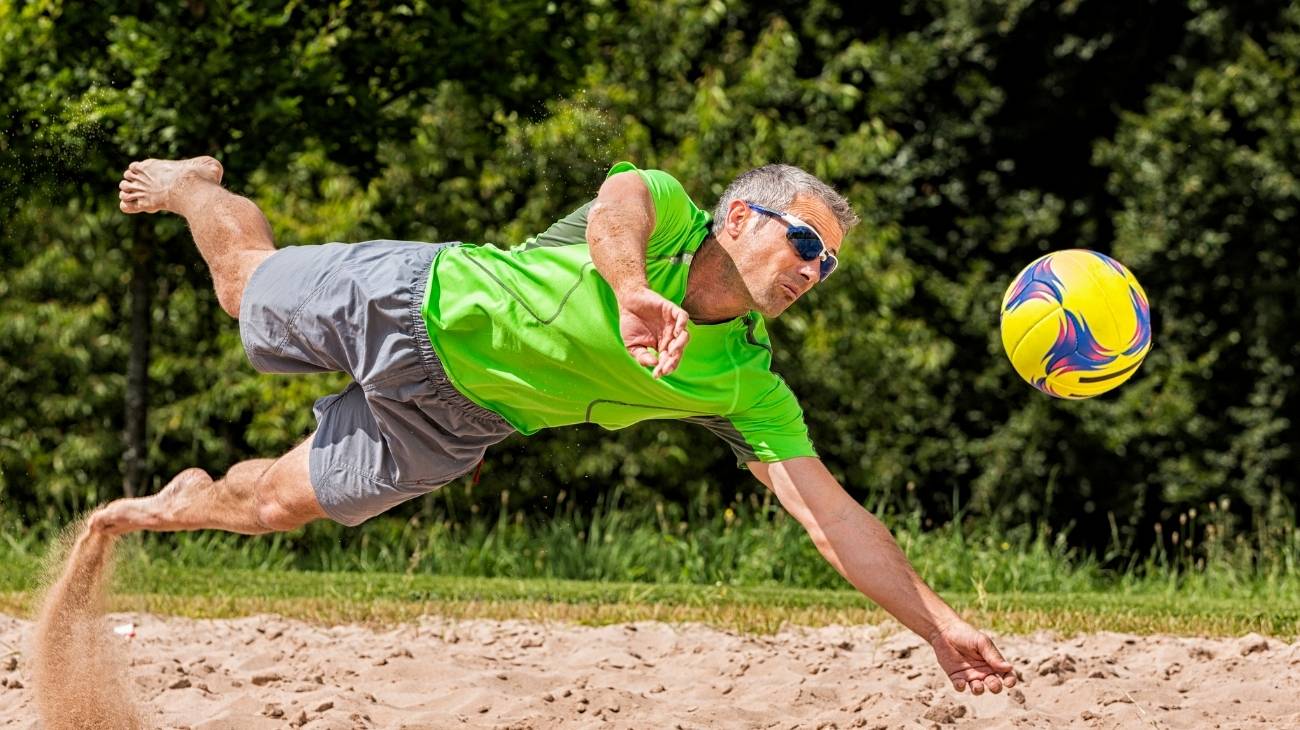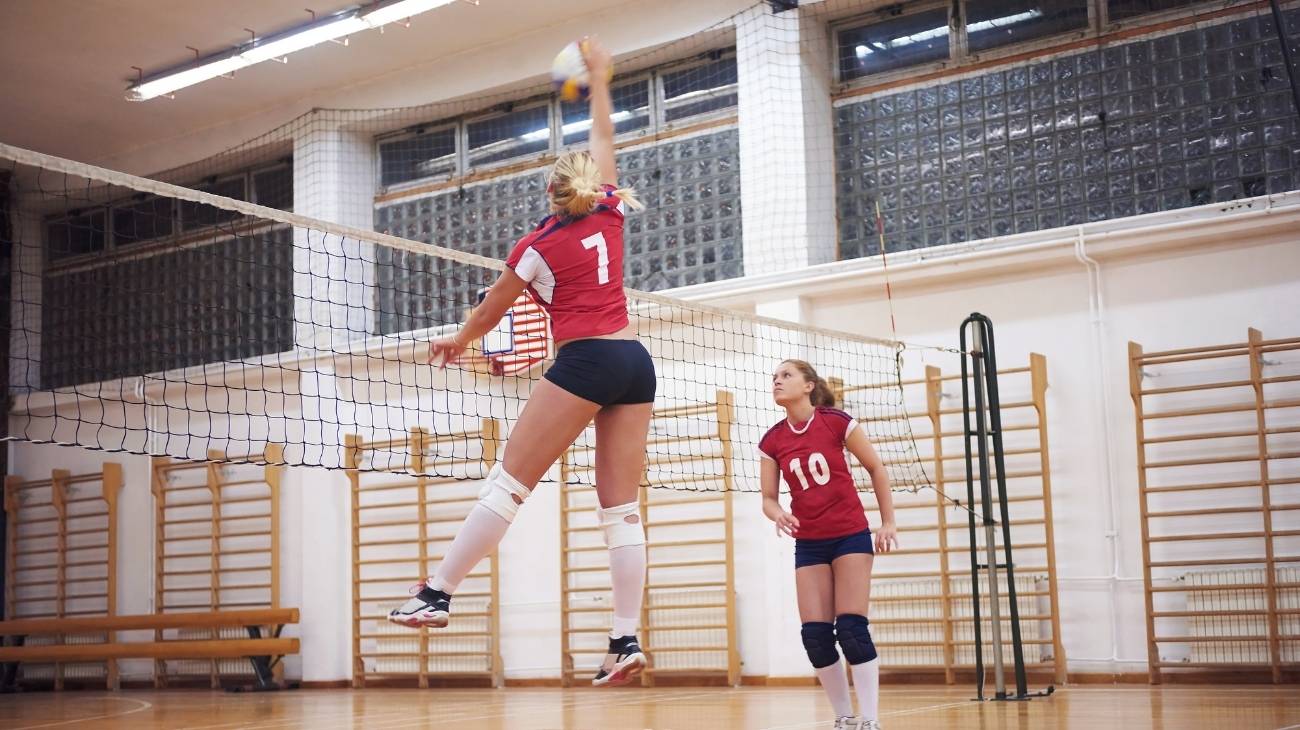The shoulder is a joint made up of several bones, muscles, tendons and ligaments that give the arm great mobility. The functional conditions and dynamic and static components during volleyball sport make it very easy to injure the shoulder. Volleyball subjects the shoulder to extreme stresses and intensity of overhead forces, leading to injuries.
That's why we want to detail the main shoulder injuries that volleyball players can suffer. In addition to the RICE therapy as first aid techniques for injuries during sports practice, join us to get to know them!
What are the most common types of shoulder injuries when playing volleyball?
During the game of volleyball, athletes subject the shoulder to extreme movements in order not to lose control of the ball. Most shoulder injuries are closely related to the level of competition and training. A well-trained athlete in peak physical condition is less likely to be injured.
However, volleyball players need to be aware of injuries to this important joint. Among the most common are:
Rotator cuff tendonitis
This pathology is very common in volleyball because players must perform flexion movements of more than 90 degrees and abduction. It is frequent when repetitive overhead movements are performed, such as serving and defending the ball. This generates repetitive trauma accompanied by hyperlaxity of the anterior glenohumeral capsule, generating posterior tension.
This generates an inflammatory process that causes intense and diffuse pain with loss or decrease of rotator cuff function. This results in fatigue and difficulty performing simple overhead movements such as touching the back or combing the hair.
SLAP tear
This is an injury to the labral fibrocartilage, in its upper portion where the long portion of the biceps brachii inserts. It is produced by repetitive throwing movements or by falls on the shoulder in abduction, extension and slight flexion of the arm. In this way, traction or compression injuries are generated, causing various degrees of distension or total or partial tears. They usually generate intense diffuse pain at the shoulder level, accompanied by instability, snapping and a lot of weakness when raising the arm.
Shoulder impingement
This is a mechanical irritation (compression) of the rotator cuff caused by the structures of the subacromial arch. Its origin is multifactorial and is due to overloading of the tendon by repeated microtrauma and other biomechanical joint alterations. This generates a pinching at the level of the soft structures of the joint.
There is also the presence of spurs, joint capsular tension and rotator cuff weakness. All these factors together cause severe pain in the shoulder when raising the arms and stiffness for movement.
Best products for the recovery of shoulder injuries in volleyball
Bestseller
-
Microwave Wheat Bag for Neck & Shoulder Pain Relief (Hearts)
£24,95 -
Microwave Wheat Bag for Neck & Shoulder Pain Relief (Oxford)
£24,95 -
Microwave Wheat Bag for Neck & Shoulder Pain Relief (Sport)
£24,95 -
Microwave Wheat Bag for Neck Pain Relief (Hearts)
£20,95 -
Microwave Wheat Bag for Neck Pain Relief (Oxford)
£20,95 -
Microwave Wheat Bag for Neck Pain Relief (Sport)
£20,95 -
Microwaveable Wheat Bag for Pain Relief (Hearts)
£20,95 -
Microwaveable Wheat Bag for Pain Relief (Oxford)
£20,95 -
Microwaveable Wheat Bag for Pain Relief (Sport)
£20,95
How to apply the RICE therapy to treat shoulder injuries in volleyball?
When shoulder injuries occur, first aid techniques such as the RICE therapy can be used. It is short for rest, ice, compression and elevation and comprises a series of steps to treat injuries. This method was updated to become the PRICE therapy with the addition of protection as the first step, but RICE is still the best known.
The PRICE therapy protection, rest, ice, compression and elevation and below we explain it step by step:
- Protection: The first thing you should do during a shoulder injury is to protect it. This can be done by using slings, orthoses or shoulder joint supports. This ensures that there is no further serious damage or injury complications.
- Rest: In addition, it is important to initiate the relative rest phase by limiting the amount of shoulder movement. This can be done in combination with an elastic bandage to help with fixation and tissue support. This should be done for 24 to 48 hours, avoiding extending this time and then gradually resuming activity.
- Ice: Ice should also be applied to the shoulder to help with swelling and pain. Ice can be applied to the shoulder with cold compresses or gel-filled packs. It should be started with 15-minute exposure lapses every 1 hour for the first 72 hours.
- Compression: Wrapping the shoulder joint with a compressive bandage will prevent swelling and allow greater stability when moving the shoulder. It should be done with an elastic bandage and should provide a snug fit without cutting off circulation. It is very easy to tell if it is too tight because you should be able to slide your fingers under the bandage.
- Elevation: The last step is to elevate the injured area to help reduce swelling and pain. The correct way in the case of the shoulder is to use pillows over the arms to help maintain better venous return.
References
- Seminati, E., & Minetti, A. E. (2013). Overuse in volleyball training/practice: A review on shoulder and spine-related injuries. European journal of sport science, 13(6), 732-743. https://www.tandfonline.com/doi/abs/10.1080/17461391.2013.773090
- Reeser, J. C., Joy, E. A., Porucznik, C. A., Berg, R. L., Colliver, E. B., & Willick, S. E. (2010). Risk factors for volleyball-related shoulder pain and dysfunction. Pm&r, 2(1), 27-36. https://www.sciencedirect.com/science/article/abs/pii/S1934148209015962
- Doyscher, R., Kraus, K., Finke, B., & Scheibel, M. (2014). Acute and overuse injuries of the shoulder in sports. Der Orthopäde, 43, 202-208. https://link.springer.com/article/10.1007/s00132-013-2141-x
- Cofield, R. H., & SIMONET, W. T. (1984, March). The shoulder in sports. In Mayo Clinic Proceedings (Vol. 59, No. 3, pp. 157-164). Elsevier. https://www.sciencedirect.com/science/article/abs/pii/S002561961260768X
- Lo, Y. P., Hsu, Y. C., & Chan, K. M. (1990). Epidemiology of shoulder impingement in upper arm sports events. British journal of sports medicine, 24(3), 173-177. https://bjsm.bmj.com/content/24/3/173.short
- Eerkes, K. (2012). Volleyball injuries. Current sports medicine reports, 11(5), 251-256. https://journals.lww.com/acsm-csmr/Fulltext/2012/09000/Volleyball_Injuries.10.aspx
- Verhagen, E. A. L. M., Van der Beek, A. J., Bouter, L. M., Bahr, R. M., & Van Mechelen, W. (2004). A one season prospective cohort study of volleyball injuries. British journal of sports medicine, 38(4), 477-481. https://bjsm.bmj.com/content/38/4/477.short
- Bahr, R., & Reeser, J. C. (2003). Injuries among world-class professional beach volleyball players: the Federation Internationale de Volleyball beach volleyball injury study. The American journal of sports medicine, 31(1), 119-125. https://journals.sagepub.com/doi/abs/10.1177/03635465030310010401
- Bahr, R., & Bahr, I. A. (1997). Incidence of acute volleyball injuries: a prospective cohort study of injury mechanisms and risk factors. Scandinavian journal of medicine & science in sports, 7(3), 166-171. https://onlinelibrary.wiley.com/doi/abs/10.1111/j.1600-0838.1997.tb00134.x
- Agel, J., Palmieri-Smith, R. M., Dick, R., Wojtys, E. M., & Marshall, S. W. (2007). Descriptive epidemiology of collegiate women’s volleyball injuries: National Collegiate Athletic Association Injury Surveillance System, 1988–1989 through 2003–2004. Journal of athletic training, 42(2), 295-302. https://cdr.lib.unc.edu/concern/articles/4b29bc963






































